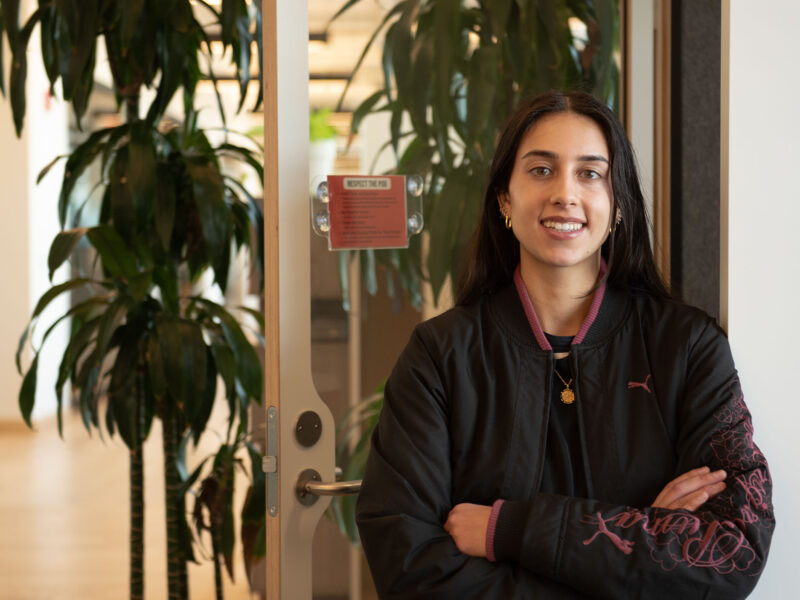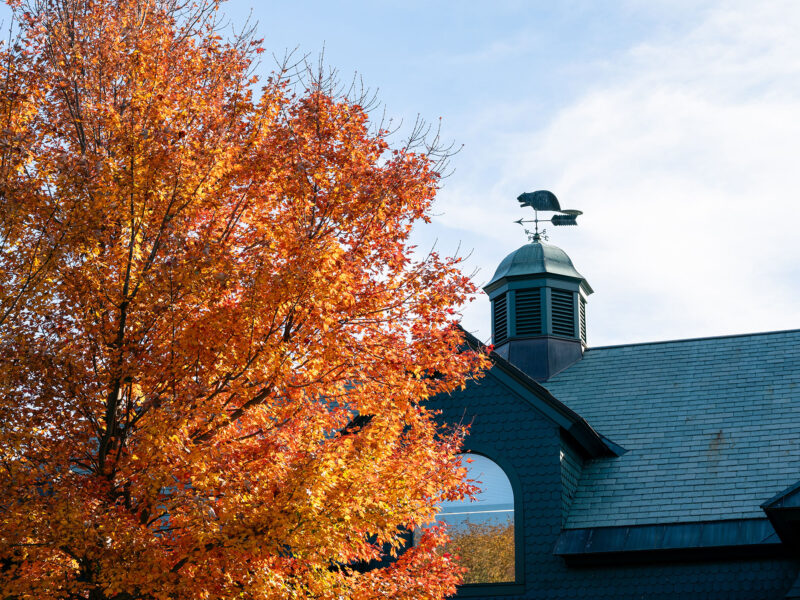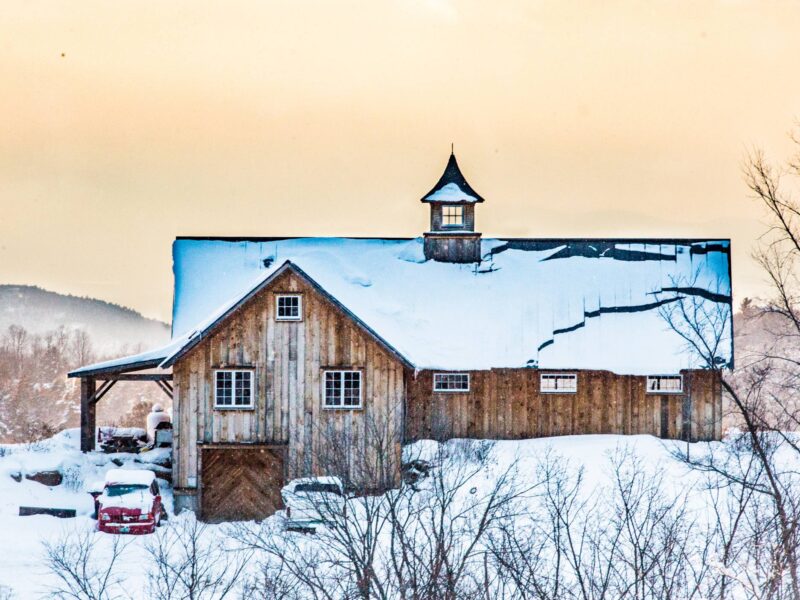Europe: Adventures Studying Abroad, Part 2
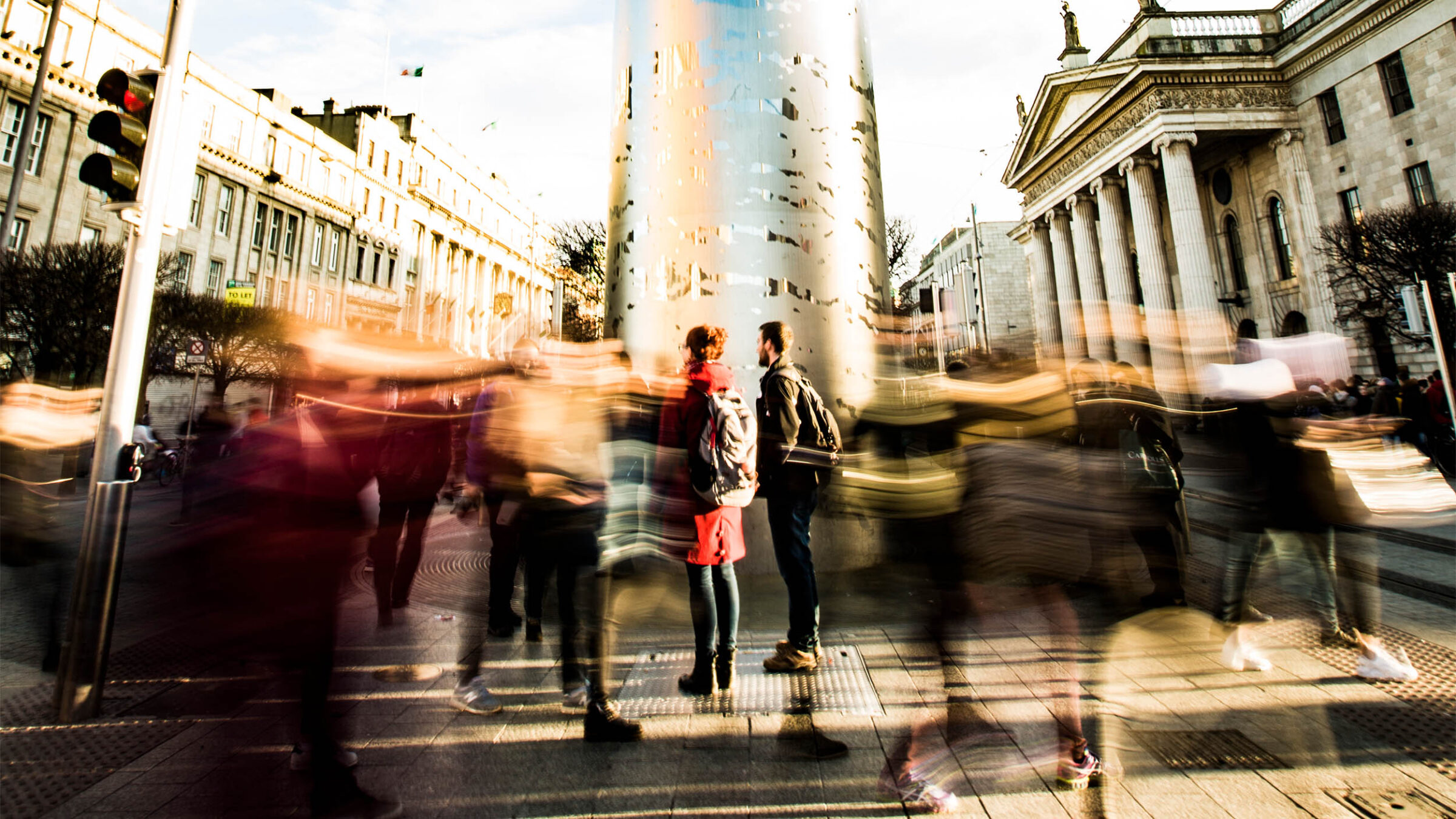
Quinn Kanner’s year studying abroad continues in Dublin and across Europe.
In the fall semester of my junior year, I studied abroad in Buenos Aires, Argentina. (You can read about these experiences in my post here.) The following spring, I continued to expand my horizons while traveling around Europe during my second semester abroad in Dublin, Ireland. I had a couple of top destinations that I wanted to make it to, so I made it my goal to experience as many countries as possible in my free time.
The traveling I did during my year abroad has definitely provided me with a broader perspective and understanding of the world beyond the United States. I’ve come to realize that in order to make the most of your study-abroad experience, you should try to expand your travels beyond the location you’re studying in. That way, you can experience the cultures of the surrounding countries. I promise it will give you the opportunity to move beyond your comfort zone and do and see things you may never have imagined or had the chance to visit otherwise. Plus, it’s a ton of fun!
Here are some of the highlights of my travels.
Ireland
It only takes a couple hours on a bus to cross the entirety of Ireland in any direction, so day trips are very doable. Outside of the weekend trips run by Champlain Abroad Dublin, my friends and I took a day trip to Cork to visit Blarney Castle our second weekend in Ireland.
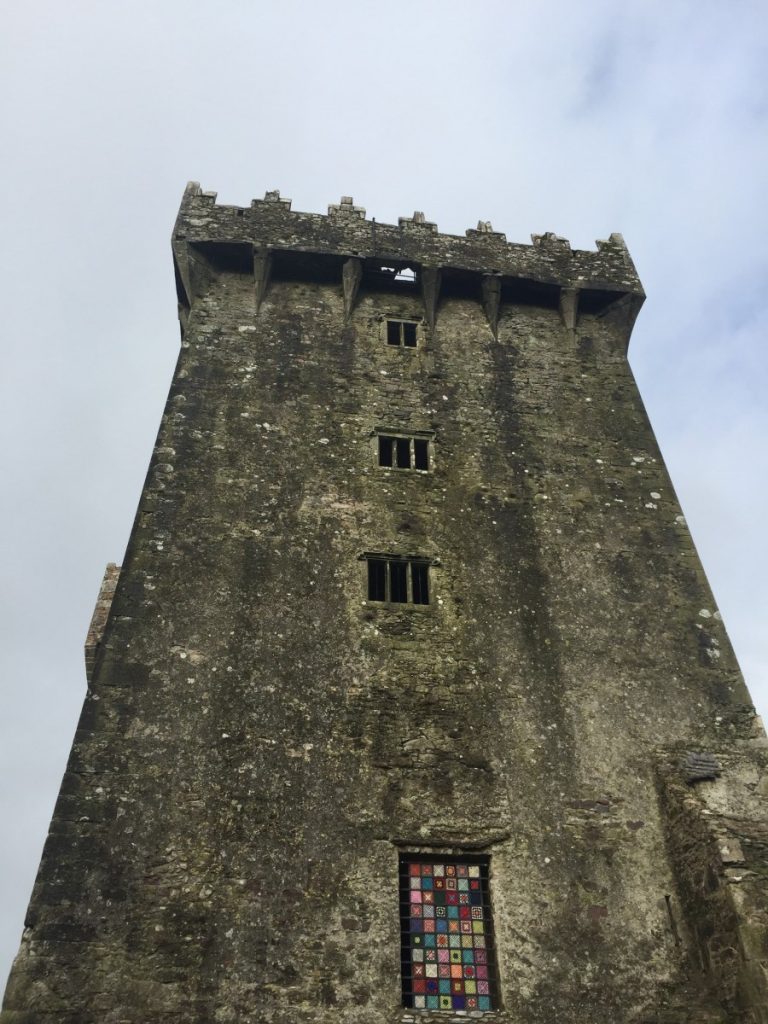
Blarney Castle is a tall rectangular building, not like the castles with turrets and towers we were picturing. We loved walking around the interiors, and of course, we all kissed the Blarney Stone. The Blarney Stone, which grants anyone who kisses it the “gift of gab,” was a lot harder to get to than we expected. It’s actually embedded in the crown of the roof, so to kiss it, you have to lean backwards off the rooftop walkway with the help of the Castle’s employees.
Italy
My first trip outside of Ireland was to Naples, Italy, where two friends and I went to visit the ancient city of Pompeii, which is still being excavated after it was buried in ash from the eruption of Mount Vesuvius in AD 79.
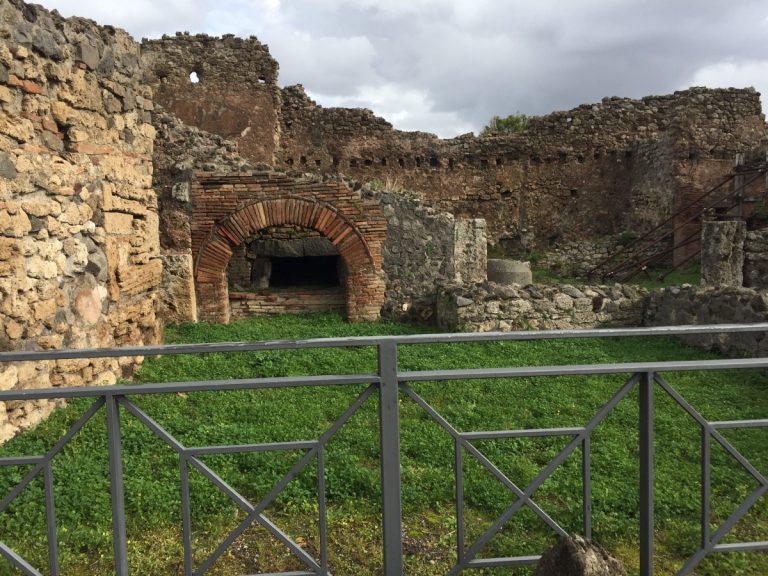
The public baths are almost completely intact thanks to their domed roofs—arched surfaces can better withstand the weight of fallen ash and remain intact over time—and so are the ovens in homes and bakeries, which looked just like wood-fired pizza ovens that are still used in Italy today. Some of the bread that was freshly baked before the eruption was actually preserved in bakeries because chimney blockage turned the ovens into vacuums that sucked out all of the air, creating the perfect environment to save them over time!
The coolest thing for me were the frescos, a type of wall mural that are intact on the outside of some buildings. They’re notoriously hard to preserve because you can’t move them to protect them from the environment—their dry pigments tend to peel from exposure to the elements. The fact they survived the smoke and ash of a volcanic eruption is amazing!
Spain
I went to Spain to pursue a new passion I discovered in Argentina: fútbol. I wanted to see Lionel Messi, a famous Argentine soccer player, play again, and I scheduled a trip to Barcelona around the match schedule for FC Barcelona. At that point, the Barcelona fútbol club had an undefeated season, so, of course, I ended up at a 0–0 game, but I still loved being there and seeing it live.
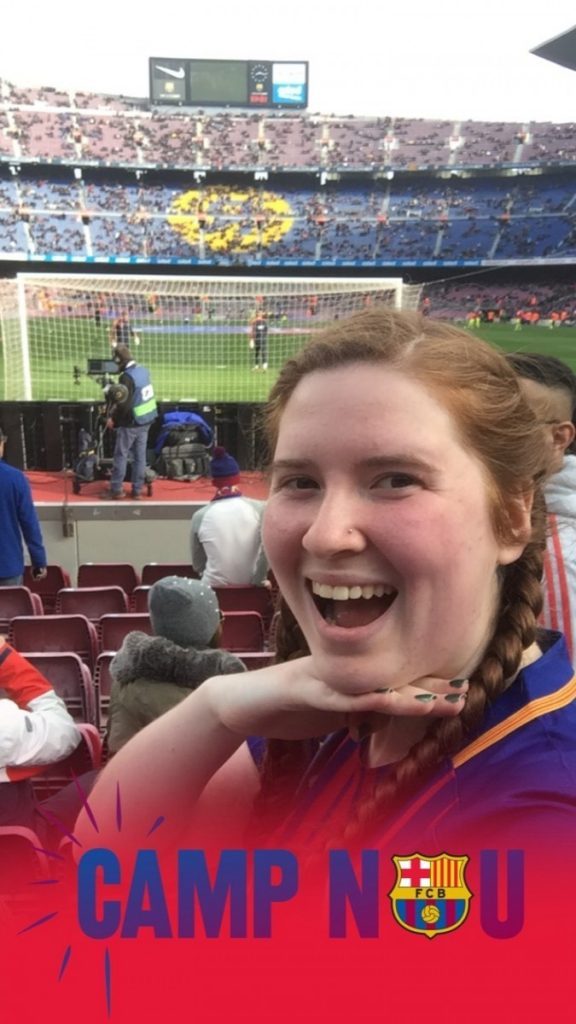
My visit to Barcelona happened to coincide with the Festes de Santa Eulàlia, a festival that honors one of the city’s patron saints. People of all ages wear costumes and take to the streets to celebrate. I accidentally walked into a few parades, saw some traditional Catalan dancing, and a correfoc (which translates to “fire run”)—a street performance in which participants dress up like devils and light fireworks on their pitchforks. Spectators will often wear protective clothing to shield themselves from getting burned but will try to get as close as they can to the devils, running alongside the fire. It’s supposed to represent “good” meeting “evil.”
Prague
Prague is very different from everywhere else I traveled, and it was the only trip I took with the intention of also visiting friends who were there studying abroad. My friends showed me some of their favorite places to eat and shop and filled me in on all the things they’d been learning. We walked around a lot and saw most of the historically significant buildings like Prague Castle and Powder Tower. This gave me the unique experience of seeing Prague through the eyes of people who live there.
I was in Prague a week after Easter, and special street markets for the holiday were still going on. My friend took me to three different markets consisting of booths selling handcrafted souvenirs, like Easter egg ornaments made from eggshells and jewelry forged by a blacksmith, and other booths selling Czech street food like fried cheese, potatoes on sticks, and Trdelník (chimney cakes).
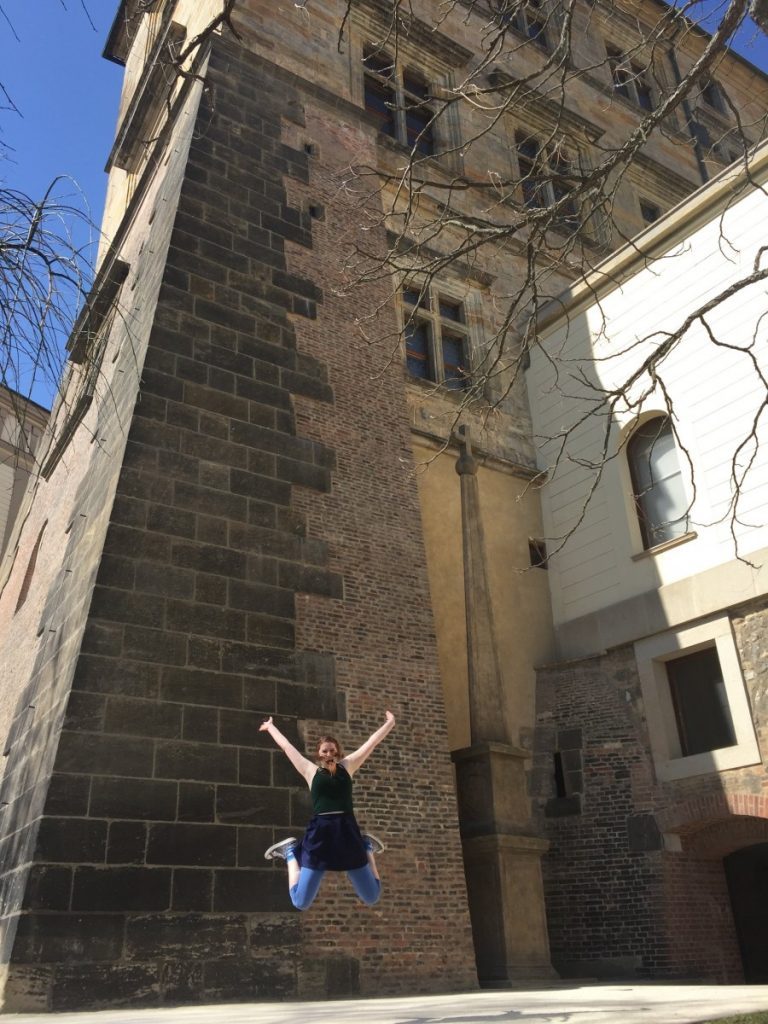
Switzerland & Liechtenstein
During Spring Break, I planned my entire trip around visiting Liechtenstein, a tiny Principality in-between Switzerland and Austria. It’s smaller than the state of Rhode Island, so it doesn’t have an airport. To get there, you have to take a local train or bus. I started my break in Zurich, Switzerland, so I could take the train to Liechtenstein from there. While in Zurich, I set out on walking tours, took a ferry ride and, of course, I tried some Swiss chocolate.

Even though Liechtenstein is a tiny country, it has at least three distinct geographical climates. In one day, I got to experience all three of them. I took a bus to the mountains (where it was about 30 degrees and snowy), went sledding for the first time in my life, and hiked along the ski slopes. Then I took the bus back into Vaduz, the capital city, to grab lunch and do a little shopping. It was about 60 degrees and mild there. Finally, I went to Balzers in the Rhine River Valley region, and it was 75 degrees and sunny. In Balzers, I explored the town and walked up to Gutenberg Castle and explored the castle’s courtyard. I had pretty high expectations before visiting Liechtenstein, and the tiny country exceeded them!
Germany
In addition to visiting six castles in Germany, I went to Stuttgart’s Frühlingsfest, or Springfest. It’s their springtime version of Munich’s Oktoberfest. Food booths serve corn on the cob, langos (a fried dough), spiral potato chips, and various sausages. People come from all over Germany to celebrate, and a lot of them dress in traditional festival outfits: Men wear lederhosen (knee-length leather breaches that have straps similar to overalls) and women wear dirndls (an outfit consisting of a lace-up bodice over a puffy white blouse, a full knee length skirt, and an apron).
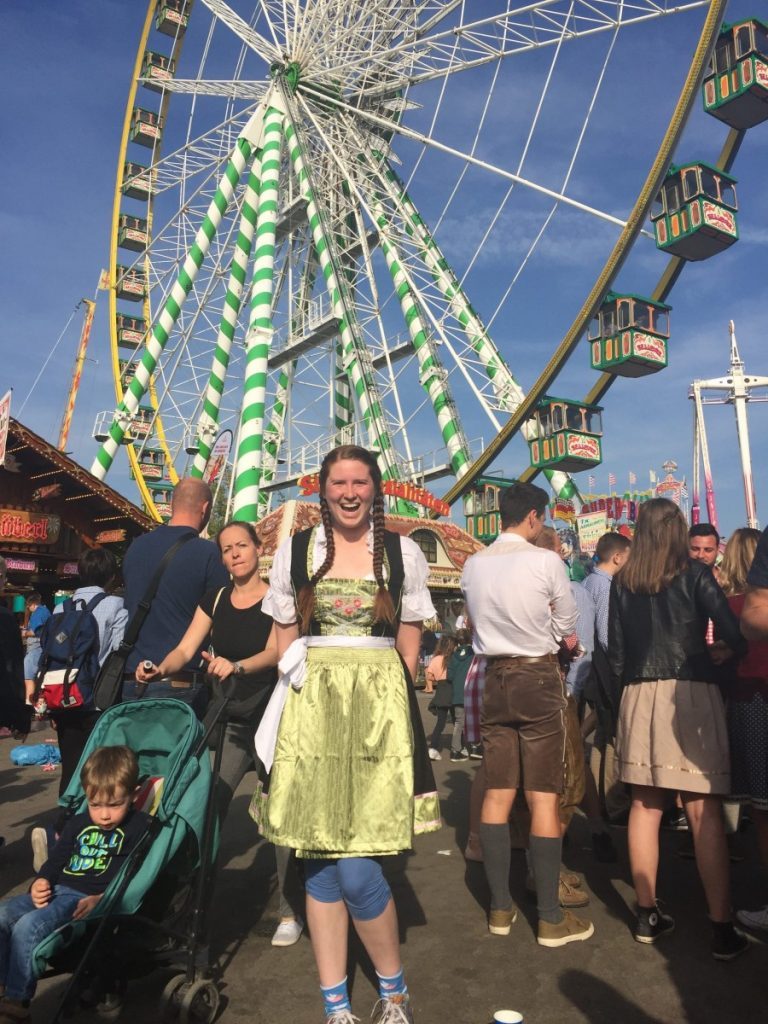
Of course, I had to visit castles. I went to Neuschwanstein and Hohenschwangau, which are the most well-known castles in Germany—in fact, Neuschwanstein inspired Disney’s famous Cinderella’s castle. Personally, I think Herrenchiemsee Castle might be the most extravagant of Germany’s castles. It’s on the largest island in a lake in Bavaria, Germany. It has fountains and gardens and a hall of mirrors, and they had to transport all the building materials to the island from the mainland! The most amazing detail of all the castles I saw in Germany was that the interior of this castle is just as extravagant as the exterior—not to mention, the decor and furniture are almost all original, which is rare.
Denmark
I knew I wanted to go somewhere in Scandinavia, so I picked Copenhagen, Denmark, without knowing much about it. I took a free walking tour there, and saw a statue of The Little Mermaid, a sculpture based on a fairy tale by Hans Christian Andersen. The tour guide told us that the statue was voted the second most underwhelming statue in Europe—sad.
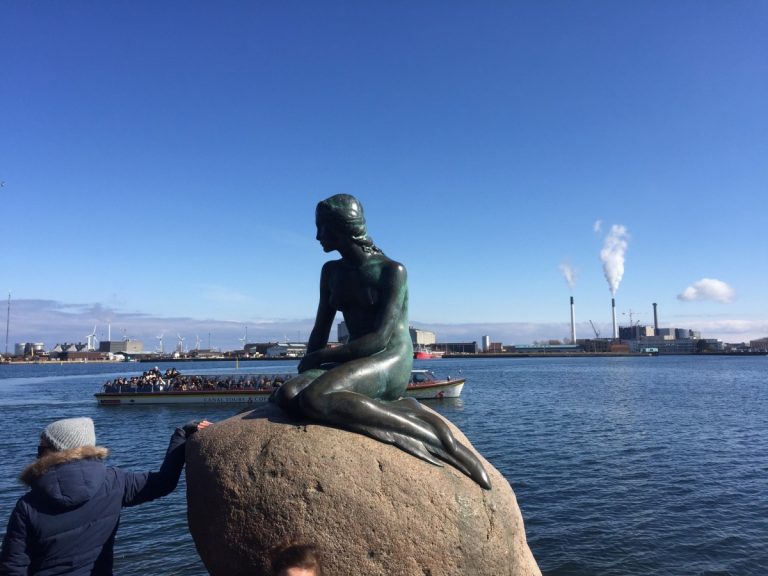
I also visited multiple museums and learned a lot about Denmark and its history; it helped that quite of few of the museums were in castles, which I love so much. Oddly, every castle I went to was the third, fourth, or fifth version of buildings on that site because the previous structures had all burned down.
Over the course of my 15 weeks studying abroad in Dublin, I visited eight other countries, and found something to love about every one of them. Interested in learning more? Read more about studying abroad with Champlain College.
Author
More Inside The View
Ideas
From the minds of our students, faculty, and alumni.
News
The latest from Champlain College.
People
Champlain is more than just a place; it's a community.
Places
On campus, in Burlington, and beyond.
Events
Check out our many campus events and get involved! Refine your search by using the filters or monthly view options.
